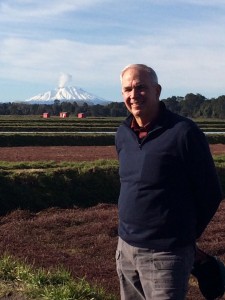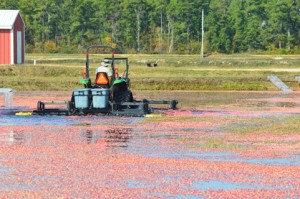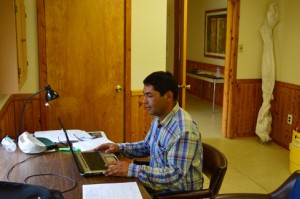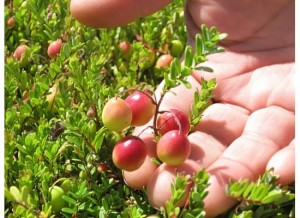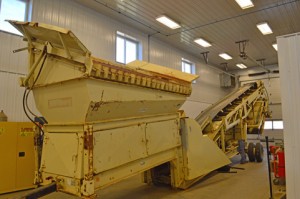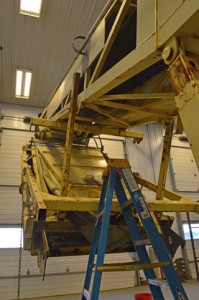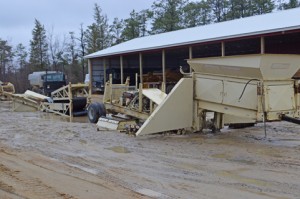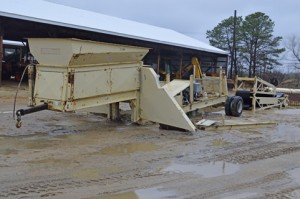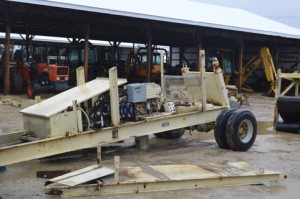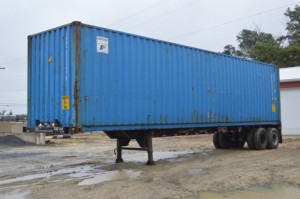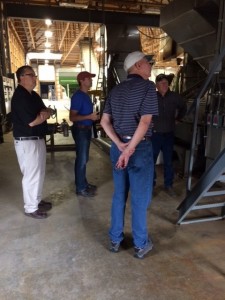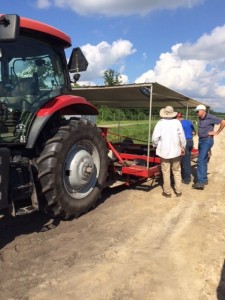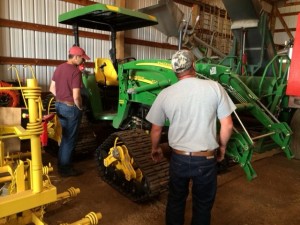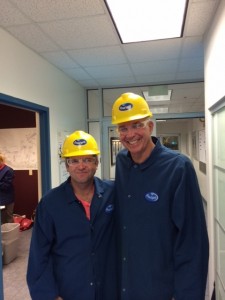This week, Pine Island once again hosted the Cranberries Austral Chile (CAC) post-harvest board meeting. CAC, located in Frutillar, Chile, was founded in 1993, and Bill has been president since 2008.
This year, CAC had their best harvest ever. “It’s the biggest crop we’ve ever had in Chile,” Bill says. “We beat our estimate by 30% and were 30% above our last record crop.” He and board member Victor Henriquez attribute the success to a number of things. “I think the weather helped,” Victor says. “With the weather so good, the bee activity was better than usual. But we’ve also made several improvements over the last year that certainly contributed.” Among them, he says, is that this year was CAC’s first use of the Gates Harrow, a machine that we’ve had great success with here at Pine Island. “We’re able to pick fruit faster and more efficiently, and it’s much better for the vines.”
Bill and Victor also attributed this year’s success to the hard work of Javier Ruiz. “Insects were a huge problem last year,” says Bill. “Javier put in a lot of effort improving the timing of fertilizer applications, irrigation, and frost management, as well as monitoring insect problems.”
Handling the pest issue was huge. The insect causing the biggest problem, Copitarsia Decolora, is a nocturnal insect, according to Javier. “We had to do a lot scouting at night to find it. This was found for the first time in November 2014, and we did some applications to control it.” The company then hired an entomologist from University La Frontera in Temuco City: Dr. Ramon Rebolledo. “He made a plan to work with us. We do the same scouting as in New Jersey, and we sent every worm and moth to him to identify them.
“In August 2015, we started to work with the UV lamp to catch the moths, started to scout bogs in September, and found the first worm in October. We also scouted to find eggs, which were found in late November and December. The eggs were kept in a small container to let them hatch, which they did in January, and this coincided with the second generation that was found in the bogs early January 2016. So we controlled those bugs and did not find any moths later. So if I am correct, we should not expect so much this year.”
Javier doesn’t think insect control alone was the sole factor, though he says it helped. “Treating for pests gave the plants good potential for this season. But this potential is not possible by itself. Frost control was very good. The weather was very exceptional during pollination, the nutrition and watering were done more according the weather than according to a calendar. Bogs got more Nitrogen than other years. There was very good weed and insect control. And the company has made very important improvements in irrigation and in drainage in the last few years, as well as better equipment and machinery. So bogs get better conditions and get what they need on time!”
So congratulations to the team at Cranberries Austral Chile for a record year! We’re proud to be affiliated with this hard-working team, and look forward to more reports as their new harvest year progresses!

